Most internal IT teams would rather have their teeth drilled than ask for help. So, getting them to agree to work with a Co-managed services team is no small task.
But if you can address their biggest worries, ease their minds with solutions, and articulate the benefits of a co-managed service, things will go much smoother.
Those concerns act as barriers between your company and future progress.
If they aren’t removed, you risk a stagnating business, resentment in the IT department, and lots of lost revenue.
So, today let’s look at some of the biggest concerns IT teams have about getting outside help and how to overcome those barriers.
Barrier 1: Loss of Control
Business departments can be pretty territorial about their process and systems. IT folks are no different.
And rightfully so, because IT processes and systems can be complex. And there is a lot of debate about best practices. So, bringing in an outside team can conjure images of strangers messing up delicate systems or looking down their noses at existing processes.
There are two ways to beat this. The first option is to give your team time to create continuity files on all their systems and processes. Tell them to write it as though someone would have to start tomorrow without any coaching.
And offer them plenty of time to do this because it will be time-consuming. Then, use the docs to shop for a good service provider. Show potential vendors the docs and get feedback on whether they can work within those systems without ruffling the feathers of your IT team.
Also, be sure to make sure you have someone from the IT team as part of the search process. The more involved they feel, the less likely they will feel a loss of control.
Finally, stress to your IT team that a co-managed provider can help with mundane tasks. Then, they can move forward with more engaging work that is part of your company’s strategic vision. Everyone likes to feel like they are contributing, and this will provide an even greater sense of mission for them.
Barrier 2: Job Security
It’s a weird time for IT professionals. Economic worries and the rise of AI have made many skittish and eager to gain greater job security by proving they can earn their keep.
So, bringing in Co-managed services can be disconcerting.
Think about it. How would you feel if your boss hired contractors that he doesn’t have to offer benefits or take care of payroll taxes?
Make it clear that co-managed services are not a threat to job security but an opportunity for growth. Emphasize that in-house IT professionals can enhance their skills and take on more strategic organizational roles.
Co-managed services allow your team to evolve, work on high-impact projects, and develop expertise in areas that align with the organization’s objectives.
Barrier 3: Loss of service quality
IT teams take a lot of pride in their work. After all, when there are problems in the IT department, everyone notices.
Bringing in a co-managed service creates uncertainty for the IT team. It can generate worries that the provider won’t be up to snuff and generate more problems than they solve.
This concern can be put to rest by focusing on the solutions to the first concern outlined here. If you have good continuity files and make the IT team part of the provider search process, then they’ll be more comfortable with the idea of bringing a team on board.
But you have to take this a step further.
Once you and the IT team have settled on a provider, establish clear Service Level Agreements (SLAs) that outline performance expectations and response times.
This ensures that the co-managed service provider delivers a consistent, high-quality service. Your IT team can hold the external partner accountable based on these SLAs.
Barrier 4: Cost Control
Quality control isn’t the only worry IT teams have, though. Tight budgets are a constant problem for them. And they want to know that co-managed service providers won’t impact their resources.
There are a lot of variables in this scenario based on the size and type of business. But there are common denominators, too.
First, be transparent about the budget. Sit with the IT team rep and show them the impact. If it does influence the budget, show how the efficiency of having extra help will absorb the projected cut.
Barrier 5: Resistance to Change
The wonderful news is IT pros are very pragmatic and rational. But they are also human.
So sometimes, no matter how many practical solutions and benefits you offer, they will still be met with suspicion and resistance.
Here’s where you’ll need to be human, too. And the most human thing you can do is give them plenty of time to think about it.
This doesn’t mean you leave the question open-ended with no definite timetable. It means you come in with a plan and an open-ended question with a time frame.
It might sound something like this.
“I’ve heard your concerns about bringing in Co-managed services, and they are all legit. But you’ve heard my solutions. I want you all to discuss them amongst yourselves. I’ll spring for a lunch meeting in two weeks. Then we can see your concerns with the solutions and how you would want them to play out.”
Then, follow up with discussions and emails emphasizing the benefits. Present them in a linear, cohesive fashion so the team has time to digest them and realize you are looking after their best interests.
Summing up the benefits
There’s a lot packed in this blog post. To make it easier for you to use, here are the benefits already discussed and a few others you can use to move your IT team forward. Just be sure that each of the benefits is something your team cares about.
Improved Work-Life Balance
Highlight how co-managed services can reduce the burden on your in-house team, allowing them to achieve a healthier work-life balance. One study indicated that 56% of employees said they would take a lower-paying job that offered more downtime. So, this could be a major selling point for your team.
Resource Allocation
Explain how co-managed services enable more effective resource allocation. The organization can invest in the right areas, knowing that routine tasks are well-handled by the external partner, leading to better cost control.
Professional Development
Showcase the opportunities for professional development and growth. It’s easy to become stagnant in a job. Professional development opportunities can get IT pros out of a rut and feel more engaged with the company’s mission. On this one, be sure to ask your IT team what kind of PD they’d like so you can try and align it to company goals.
Greater Job Satisfaction
Co-managed services can help your IT team reduce burnout and increase job satisfaction by allowing them to focus on tasks they find most rewarding and challenging.
Putting it all together
Co-managed IT services can be a powerful asset for organizations. But you must put the fears and concerns of your IT team to rest before moving forward. You also have to get them involved in the selection process. Otherwise, you risk sabotaging your efforts.
Change isn’t always easy, but by using the tips in this post, you’ll be well on your way to meeting your company goals and improving your IT team at the same time.
The EDC Way
At EDC, we’re constantly evolving our approach to new challenges. That’s how we prevent problems from happening before they start. Our dedicated team of IT professionals is here to help you.
From strategizing a plan to providing multiple lines of defense against hackers, we will ensure your data and private information is safe behind a vanguard of security measures.
To learn more about EDC visit EDCNOW.com, or to schedule a free consultation on how we can help with your IT needs, call us at: 337.235.7741 in Lafayette or 504.322.3622 in New Orleans



